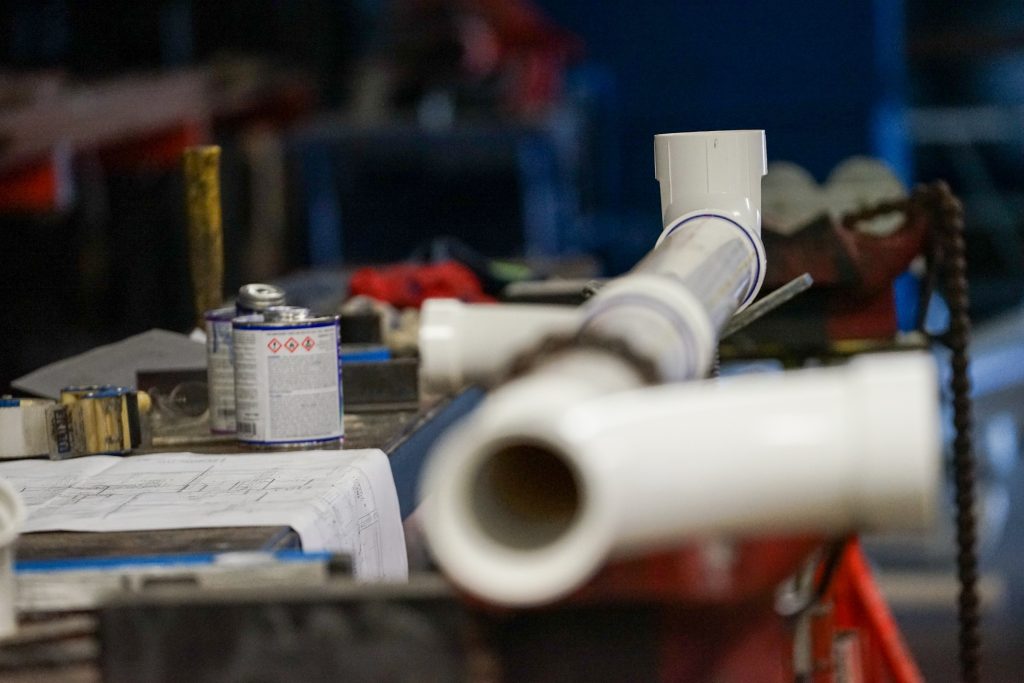
If you’ve got an older home, then we probably aren’t the only ones who have talked to you about tree roots in your plumbing. On older property, tree roots can be incredibly resilient and will destroy or break apart clay pipes fairly easily.
Before you pick up the bottle of chemical tree root killer, we’d like to discuss the pros and cons of this solution and the differences between chemical root killer and professional service. Sometimes plumbers can provide a service, like trenchless sewer repair, that could take care of the problem without the damage and corrosive byproducts that a chemical root killer would provide. If you’re concerned about your industrial plumbing in Fort Thomas, KY and you believe the tree roots on your property are invading your plumbing, you might want to keep reading for a proper solution.

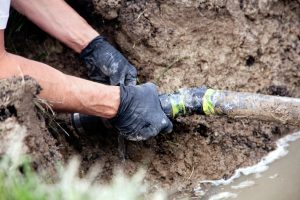 Lead in water is a health hazard that has become major news over the past few years. Lead in drinking water can be harmful, especially to children and infants, and any homeowner should reduce their lead exposure. According to the EPA and the Center for Disease Control, even low levels of lead exposure can create health complications. Lead exposure has been linked to damage to the central and peripheral nervous system, learning disabilities in children, stunted growth, impaired hearing, and impaired formation and function of blood cells.
Lead in water is a health hazard that has become major news over the past few years. Lead in drinking water can be harmful, especially to children and infants, and any homeowner should reduce their lead exposure. According to the EPA and the Center for Disease Control, even low levels of lead exposure can create health complications. Lead exposure has been linked to damage to the central and peripheral nervous system, learning disabilities in children, stunted growth, impaired hearing, and impaired formation and function of blood cells. The sewer line that runs from your home’s drainage system and then out to the municipal sewer line in the center of the street is one of the essential components of your home—not just its plumbing system. You can’t have a hygienic or pleasant home if the sewer line is blocked or damaged.
The sewer line that runs from your home’s drainage system and then out to the municipal sewer line in the center of the street is one of the essential components of your home—not just its plumbing system. You can’t have a hygienic or pleasant home if the sewer line is blocked or damaged.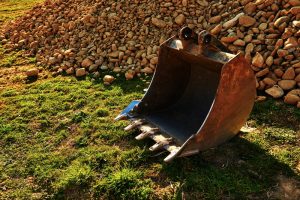 At Ken Neyer, we use the best available tools for all the plumbing jobs we take on. Staying up to date with the latest in technology is one of the ways we deliver the best quality work to all of our clients. If we take on a job requiring repairing or putting in a new sewer or water main, we won’t use the old excavation methods that take up time and make a mess out of the property. Instead, we’ll use trenchless technology, which allows us to laterally bore through the ground to re-line a broken pipe or fit a new pipe into place.
At Ken Neyer, we use the best available tools for all the plumbing jobs we take on. Staying up to date with the latest in technology is one of the ways we deliver the best quality work to all of our clients. If we take on a job requiring repairing or putting in a new sewer or water main, we won’t use the old excavation methods that take up time and make a mess out of the property. Instead, we’ll use trenchless technology, which allows us to laterally bore through the ground to re-line a broken pipe or fit a new pipe into place. 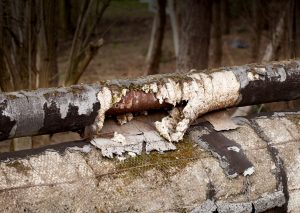 Sewer lines, whether they serve residential or commercial buildings, are one of the essential parts of a plumbing system. A broken sewer line leads to unsanitary conditions (this is especially a problem for a commercial building, which could be in violation of health codes) and the sewer line failing entirely—and that can bring your life to a standstill.
Sewer lines, whether they serve residential or commercial buildings, are one of the essential parts of a plumbing system. A broken sewer line leads to unsanitary conditions (this is especially a problem for a commercial building, which could be in violation of health codes) and the sewer line failing entirely—and that can bring your life to a standstill. The sewer line is a part of your house that you never want to deal with. In fact, you probably don’t think about it much at all: it does its job out of sight and out of mind.
The sewer line is a part of your house that you never want to deal with. In fact, you probably don’t think about it much at all: it does its job out of sight and out of mind.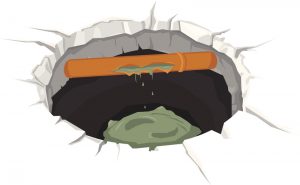 We know the words “burst pipe” is a scary one for a homeowner, especially in winter when freezing temperatures can lead to pipes bursting. You’ll need an
We know the words “burst pipe” is a scary one for a homeowner, especially in winter when freezing temperatures can lead to pipes bursting. You’ll need an 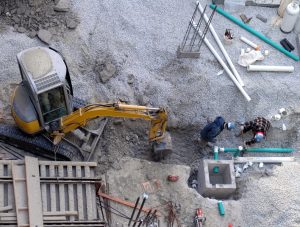
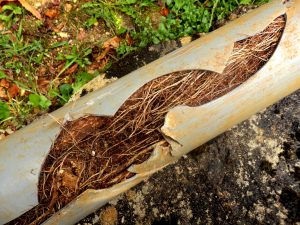 Last week we wrote about
Last week we wrote about 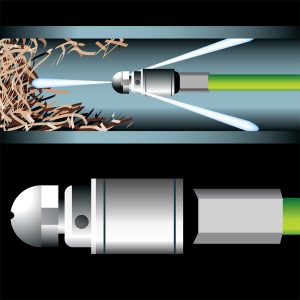 No problem in a home’s plumbing is “pleasant.” But it’s not an exaggeration to say that a backed-up sewer line is among the most “unpleasant” problems for a household. We sincerely hope you never have to deal with a plumbing issue this severe—but we’re also glad to be the ones to help you out with
No problem in a home’s plumbing is “pleasant.” But it’s not an exaggeration to say that a backed-up sewer line is among the most “unpleasant” problems for a household. We sincerely hope you never have to deal with a plumbing issue this severe—but we’re also glad to be the ones to help you out with